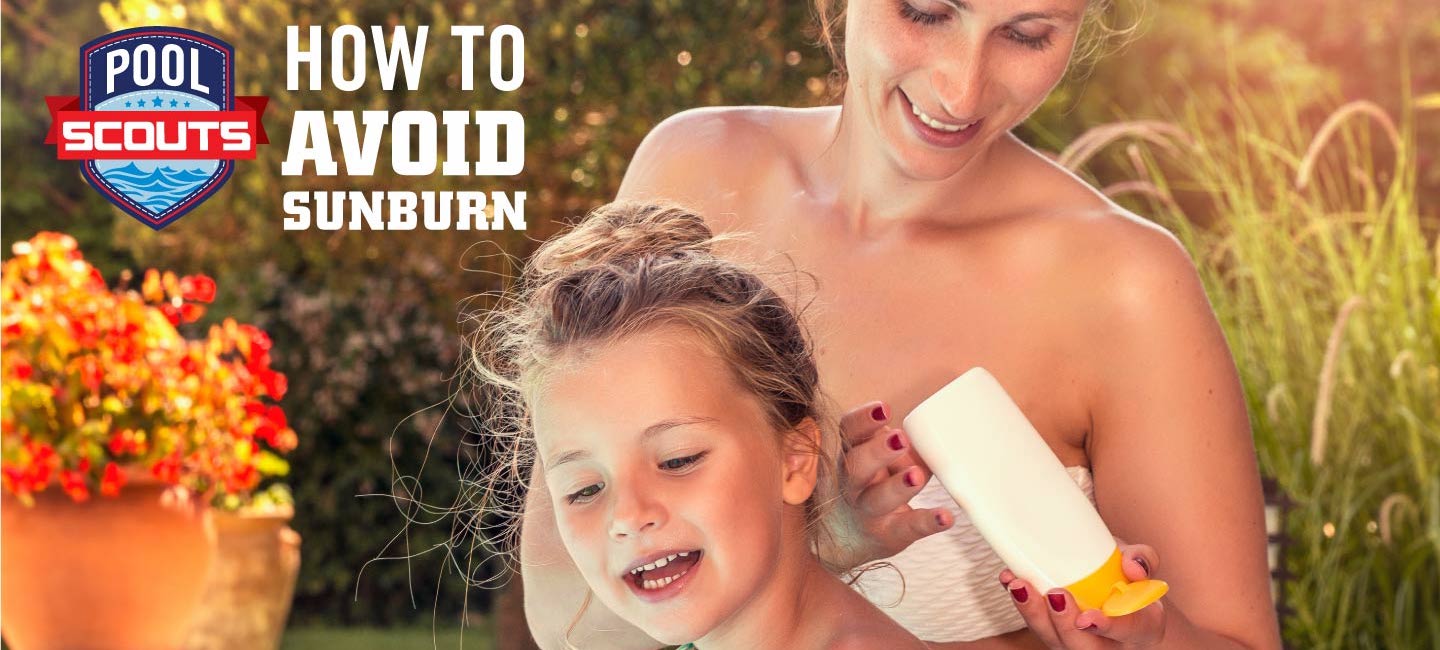
How To Avoid Sunburn
Where would we be without the sun? Cold, pale and starving, that’s where. The sun is the source of all life on this planet, and mild exposure to its plentiful rays can help boost your immune system and make you feel all warm and fuzzy inside. However, too much sun can result in a myriad of problems, including sunburn. And as the swim season gets underway you and your family are even more prone to the dangers of sun exposure. But don’t fret. Human ingenuity has created ways for all of us to enjoy everything that the outdoors has to offer without the side effects of scorched skin. So, you can enjoy your time at the pool, the park, the ocean or the camping grounds, and still return home with the fresh, healthy skin that you left with.
Preventing Sunburns
Sunburns are arguably the top hazard of spending too much time outdoors in warm weather (bug bites and profuse sweating are tied for second place.) These burns are not only irritating to the touch, but they can result in blistering, peeling skin and eventually lead to skin cancer. “Unprotected skin will burn in about 10-30 minutes, depending on the time of day, your skin type, and your altitude,” says Dr. Janet H. Prystowsky, board certified dermatologist. “By the time you notice warning signs, like redness, sensitivity, and warm skin, you’re likely well on your way to being sunburnt.”
To reduce your chances of too much sun exposure you could hide indoors all summer or seek refuge under a shady tree or canopy–but that’s hardly the way to make the most of the summer season. Your best line of defense against a sunburn, during the summer or any time of the year, is wearing sunscreen.
What Kind?
Prystowsky recommends using a formula that is water-resistant and contains zinc oxide and/or titanium dioxide, which block both UVA and UVB radiation. She also recommends using a formula that has an SPF of 30-50. Yes, there are sunscreens on the market that offer SPF levels up to 100, but “after SPF 50, the difference in protection becomes less significant,” she says. “SPF 100 is not twice as protective as SPF 50. The real determining factor of protection is applying enough and reapplying frequently.”
How Much?
Sunscreen should be reapplied every two hours or after swimming or sweating. And be sure to apply that sunscreen all over your body. “Even if you are wearing a shirt, put sunscreen on underneath,” says Prystowsky. She also notes that the ears, ankles, feet, and the back of your neck are places that are often overlooked–so don’t forget to slather it on in those areas as well. And if you think that you’ve applied enough sunscreen then you should still probably apply more. Prystowsky notes that the American Academy of Dermatology recommends using enough sunscreen to fill a shot glass, but that most people only use half that amount. So, keep on slathering until your entire body is covered. After all, you never can have too much protection.
Pool Scouts likes to help our clients maximize their fun in the sun. So, if you agree to keep your skin safe from the sun’s harmful rays, we’ll agree to provide you with a clean, sparkling pool to jump into all season long.
